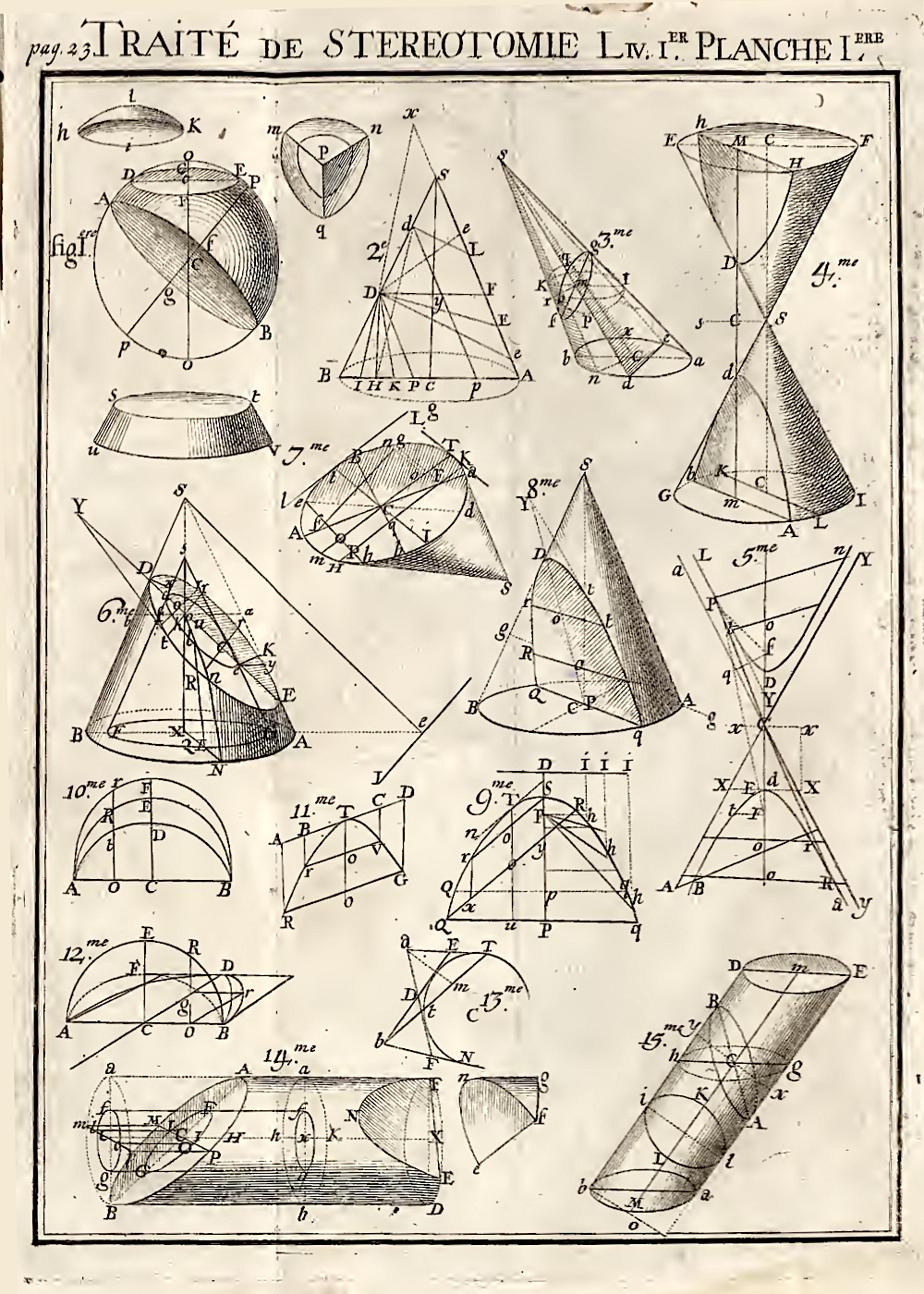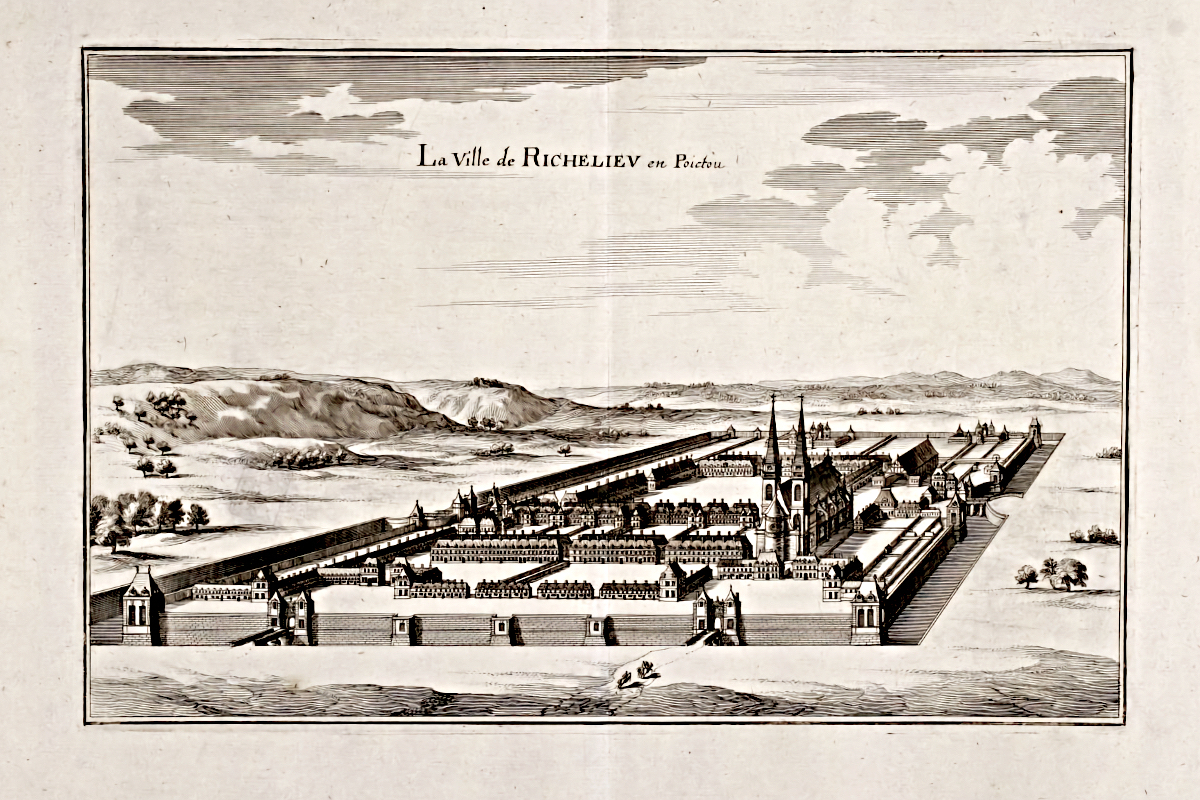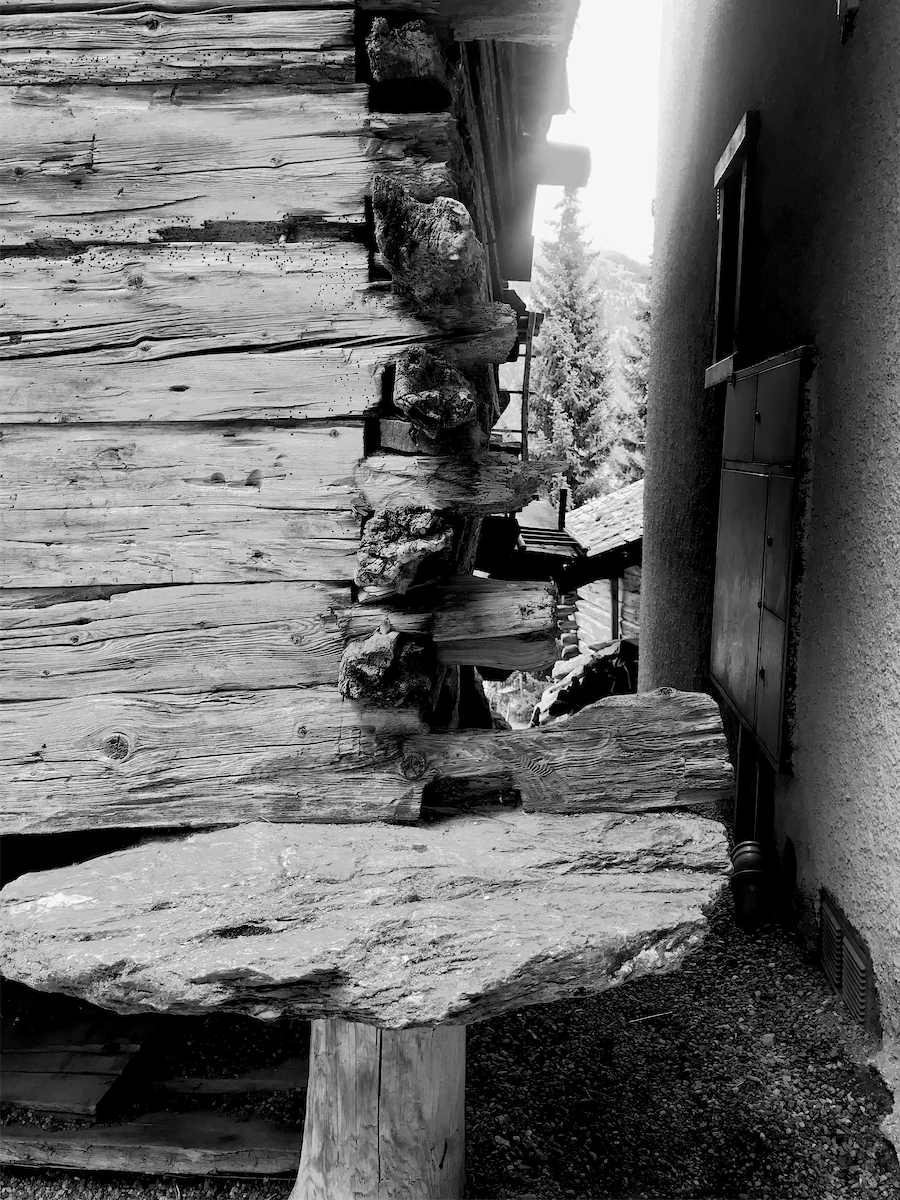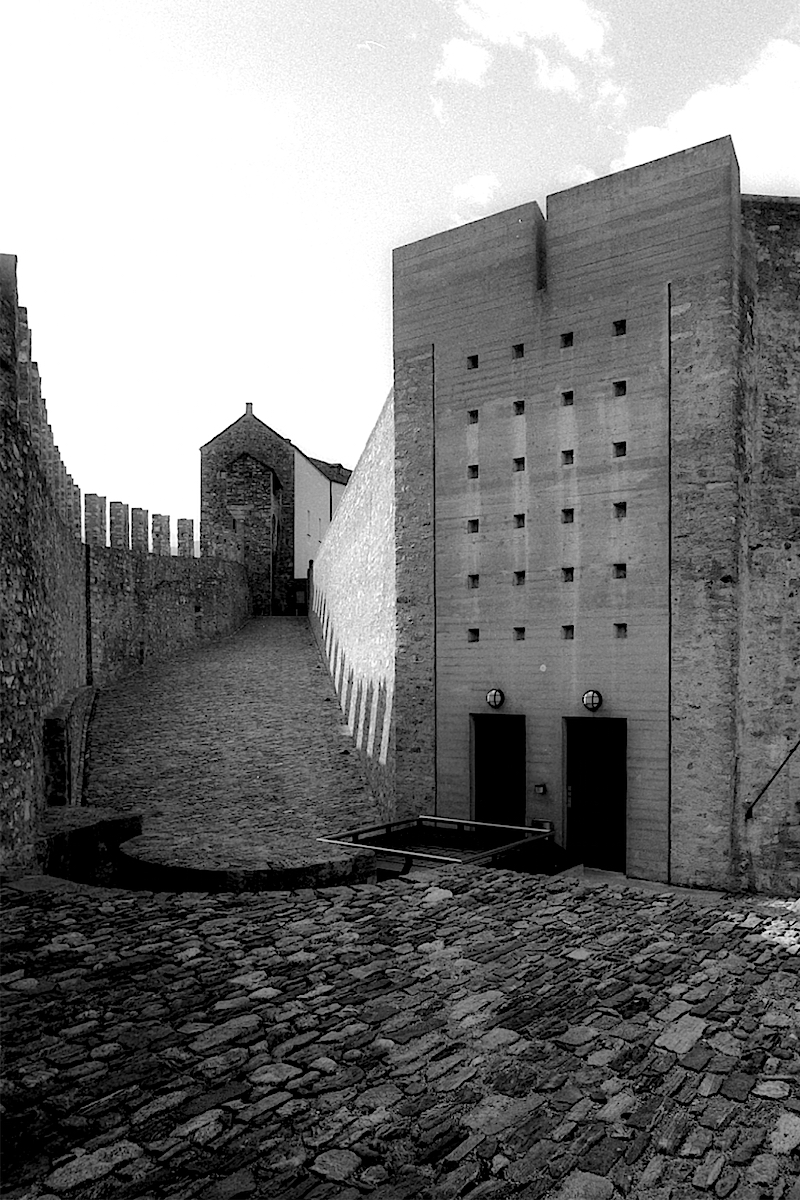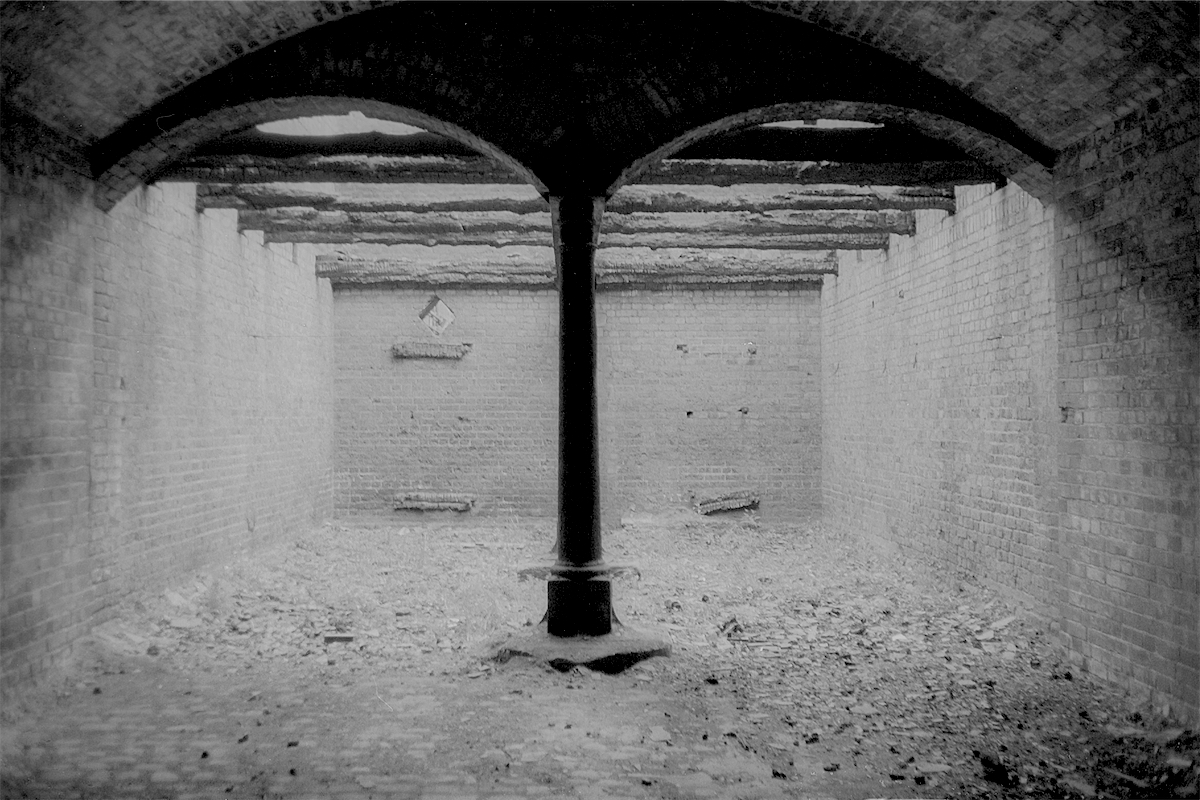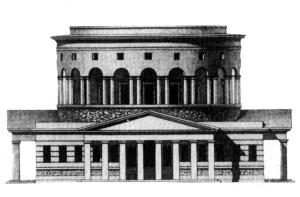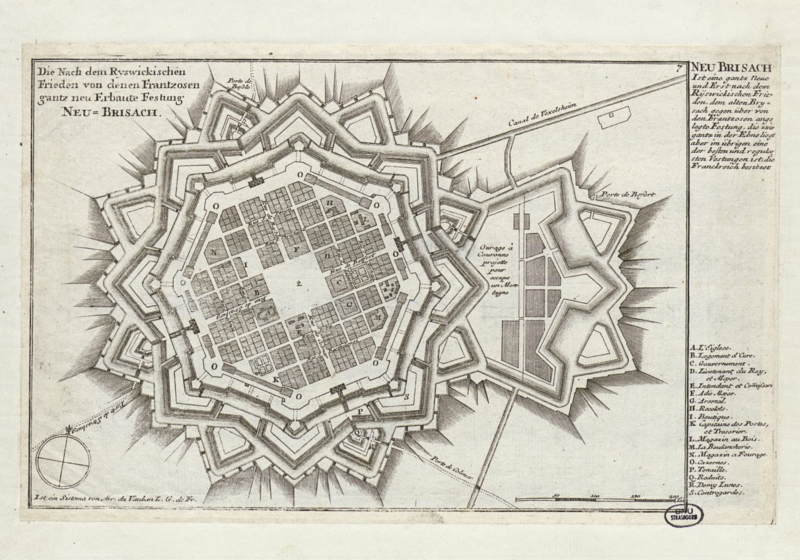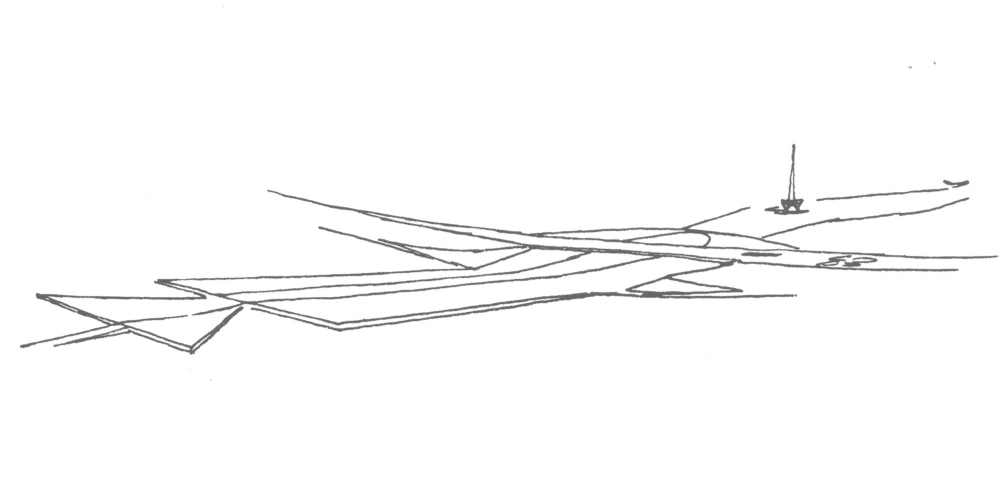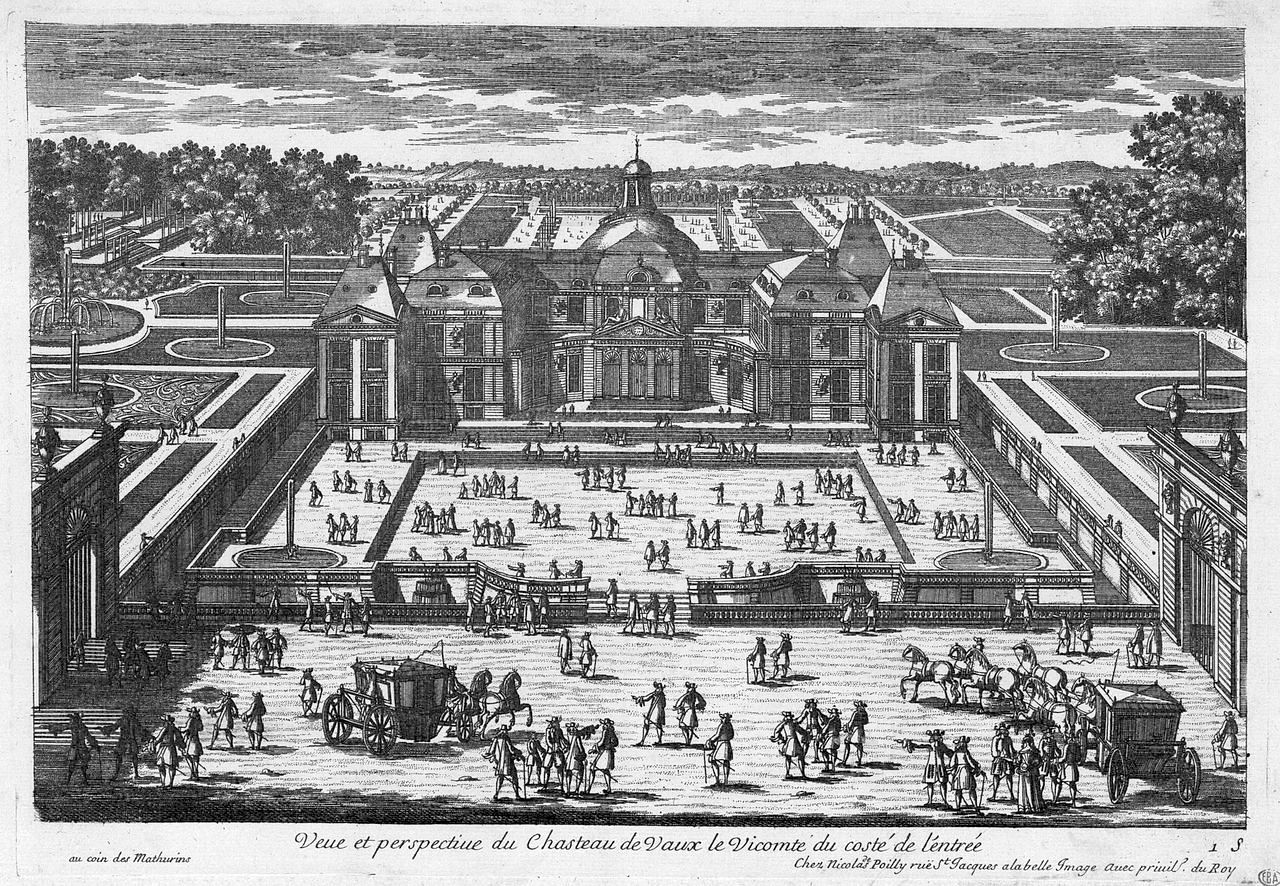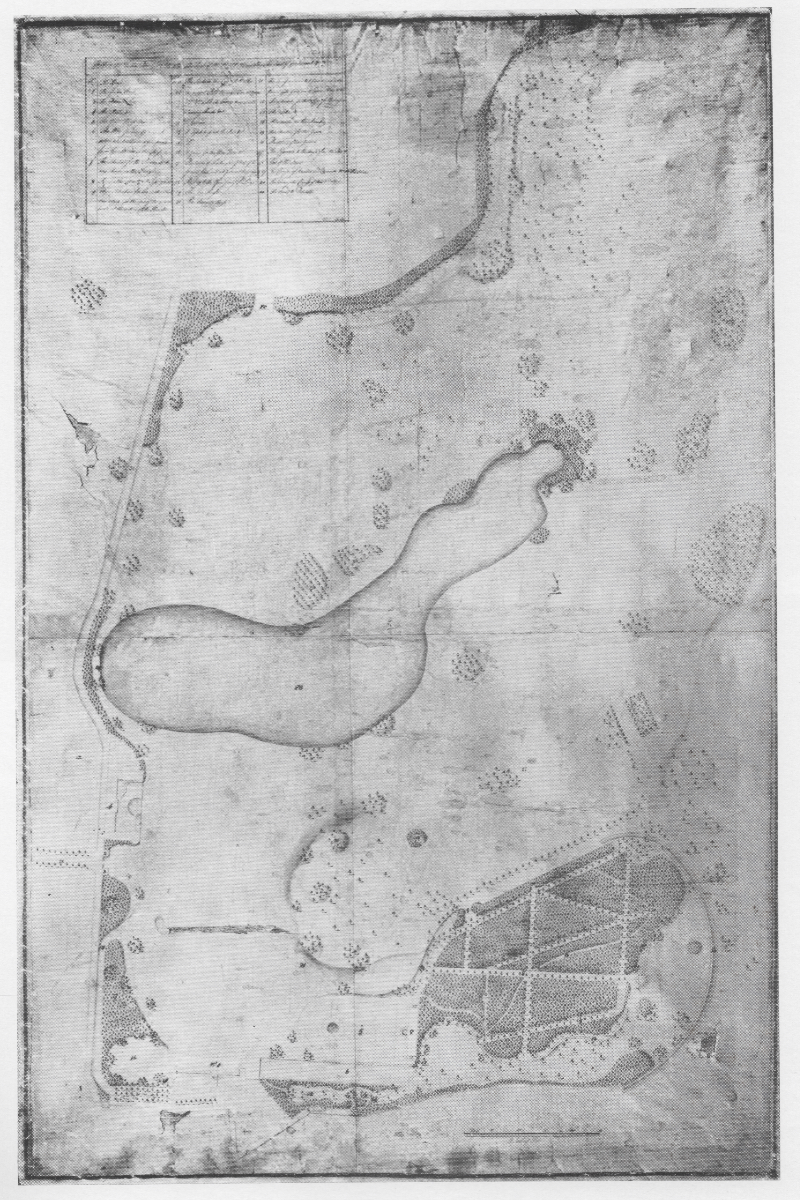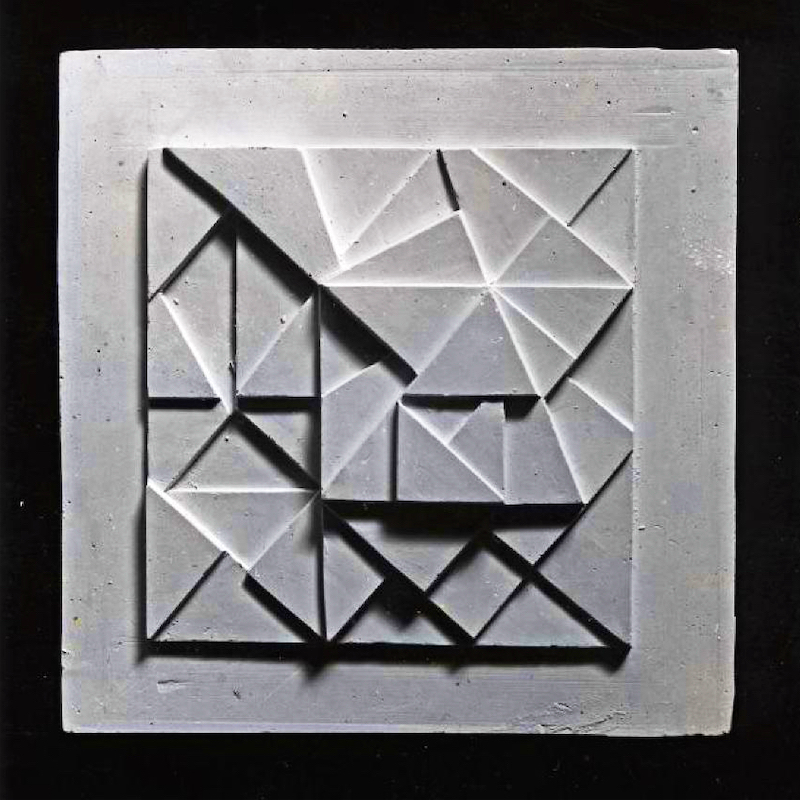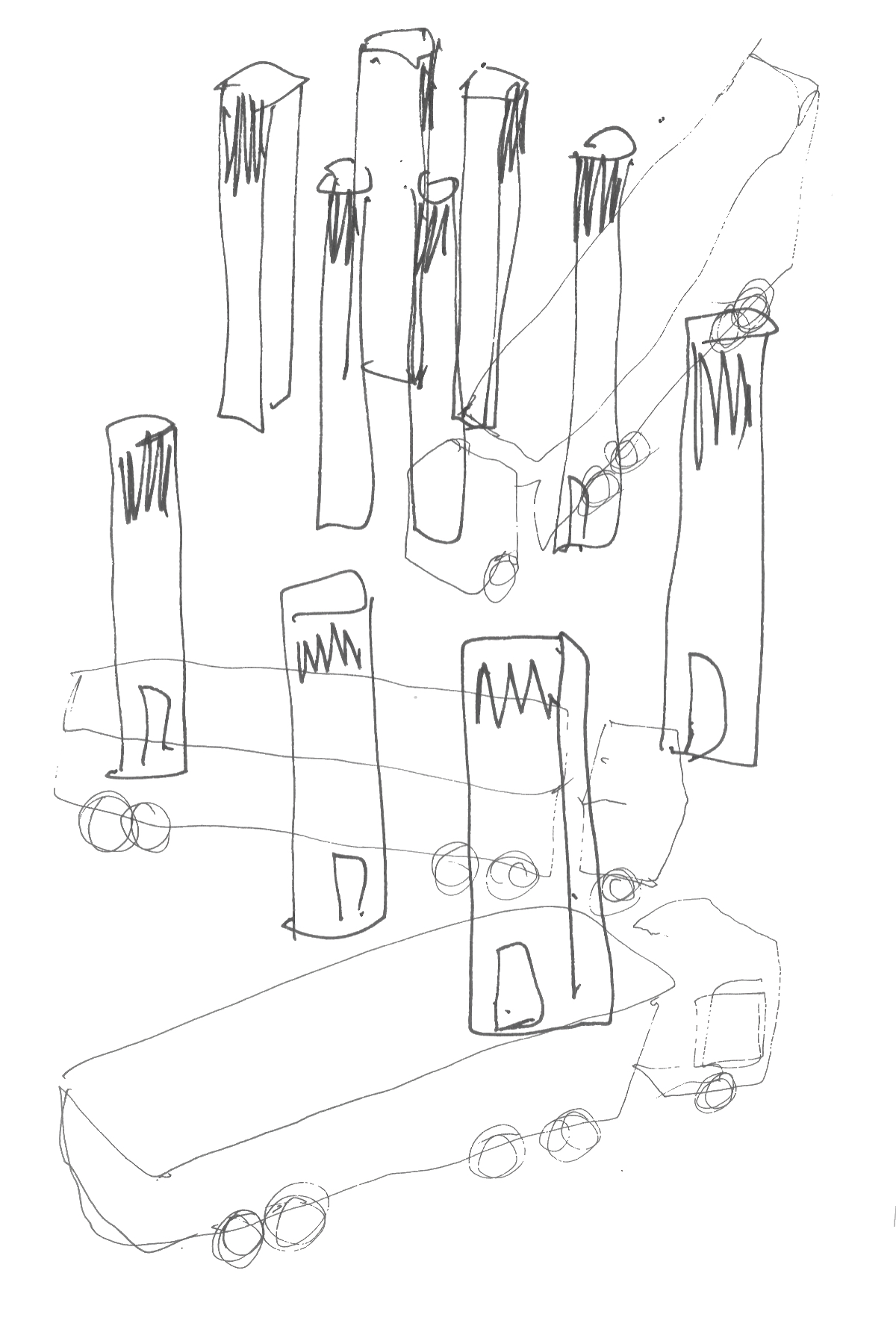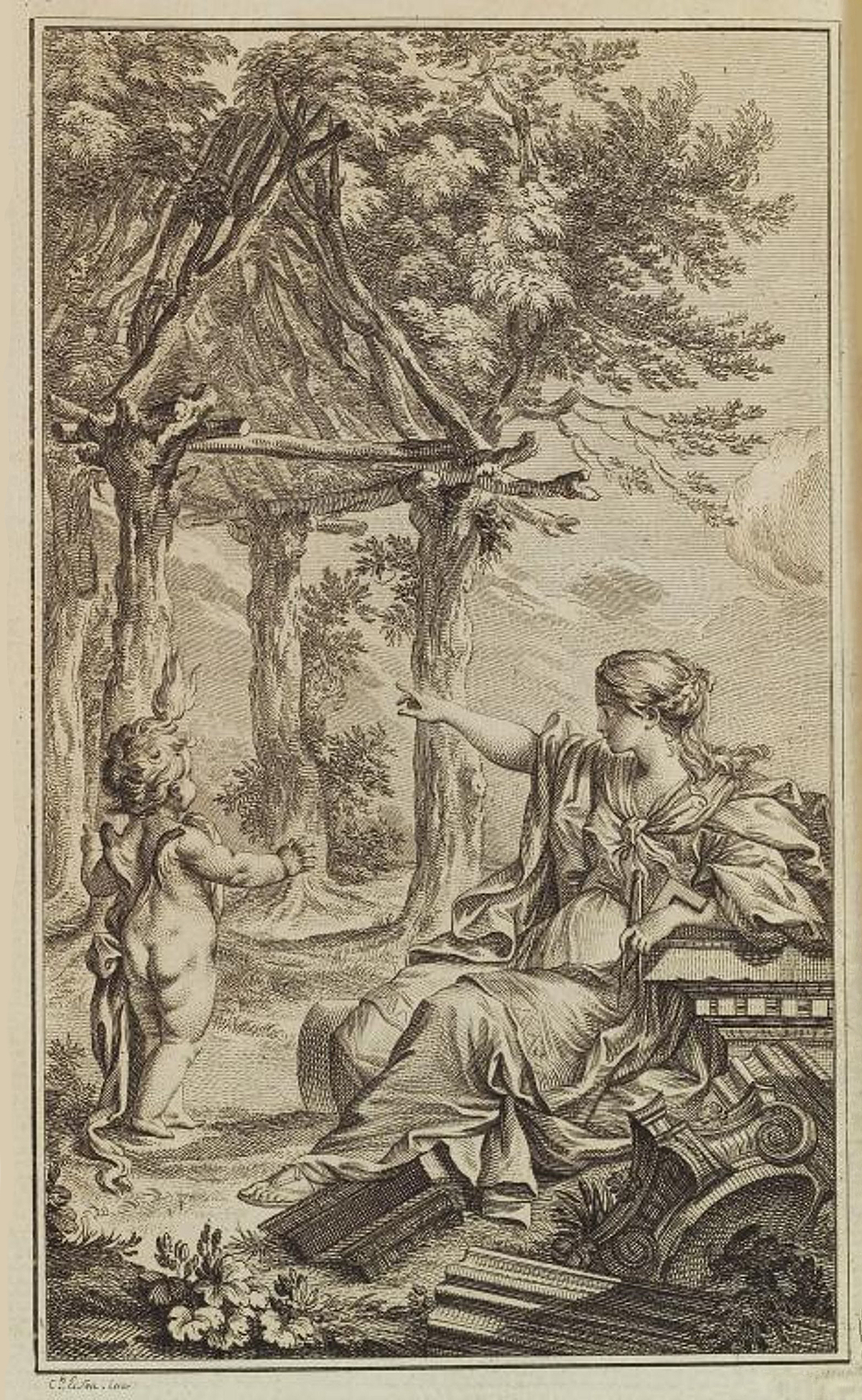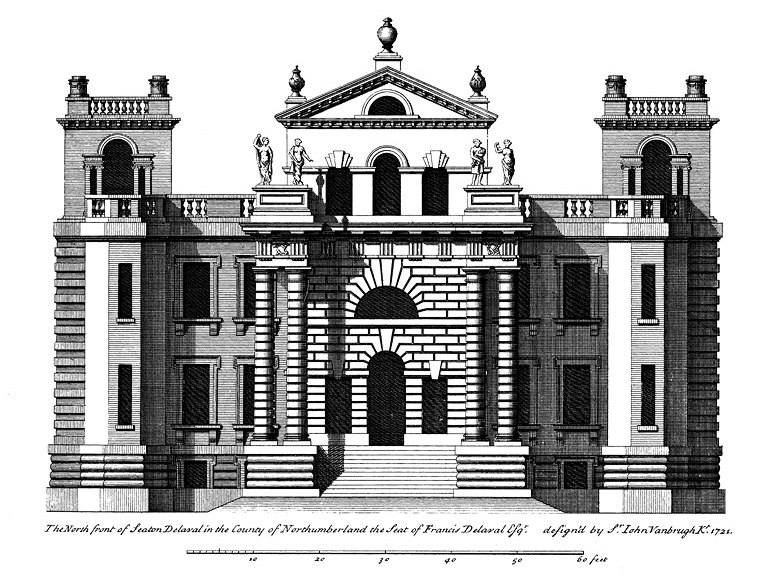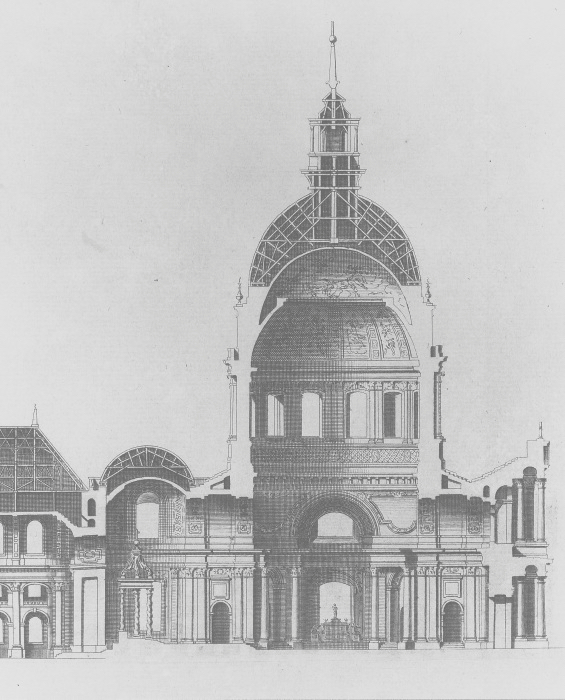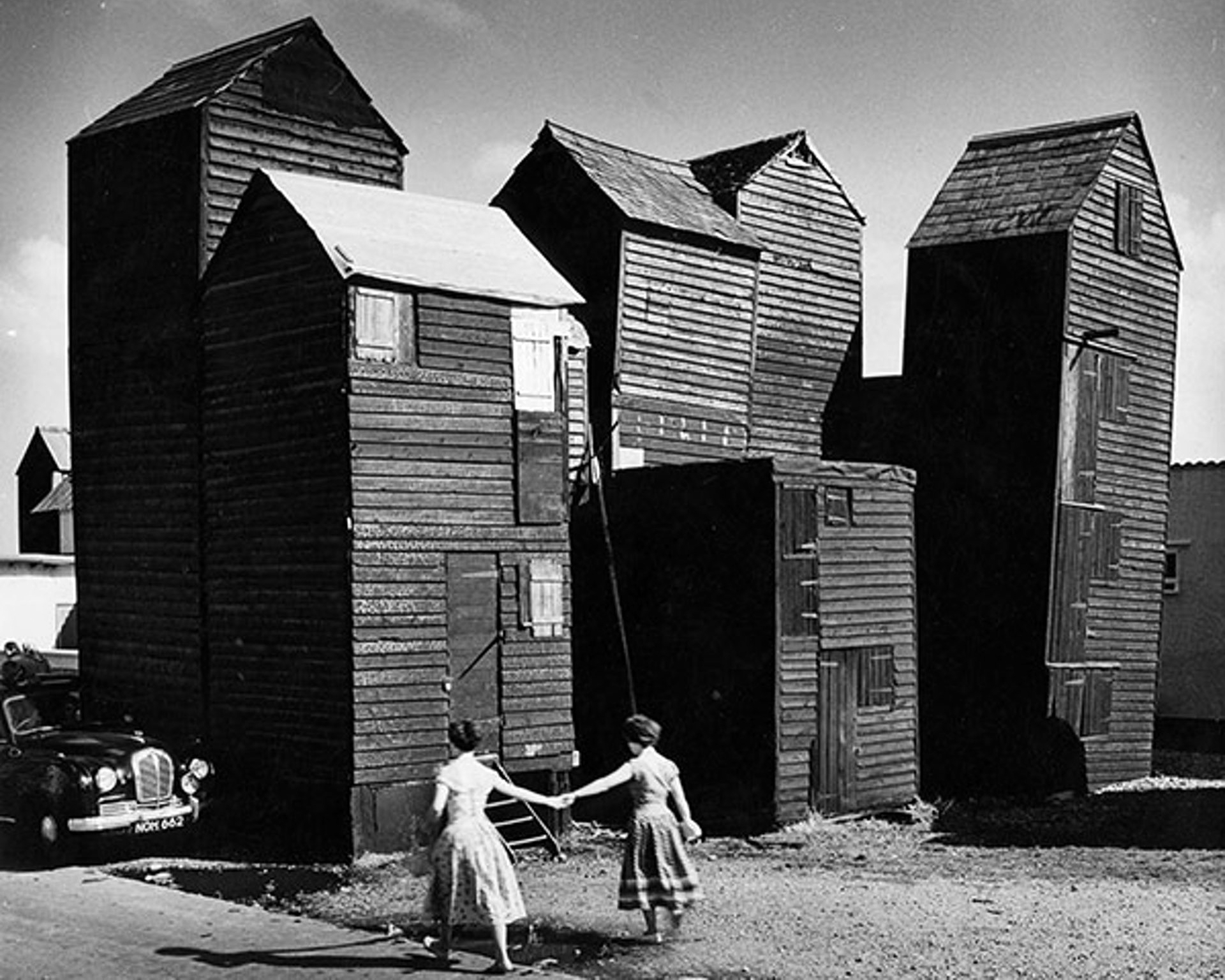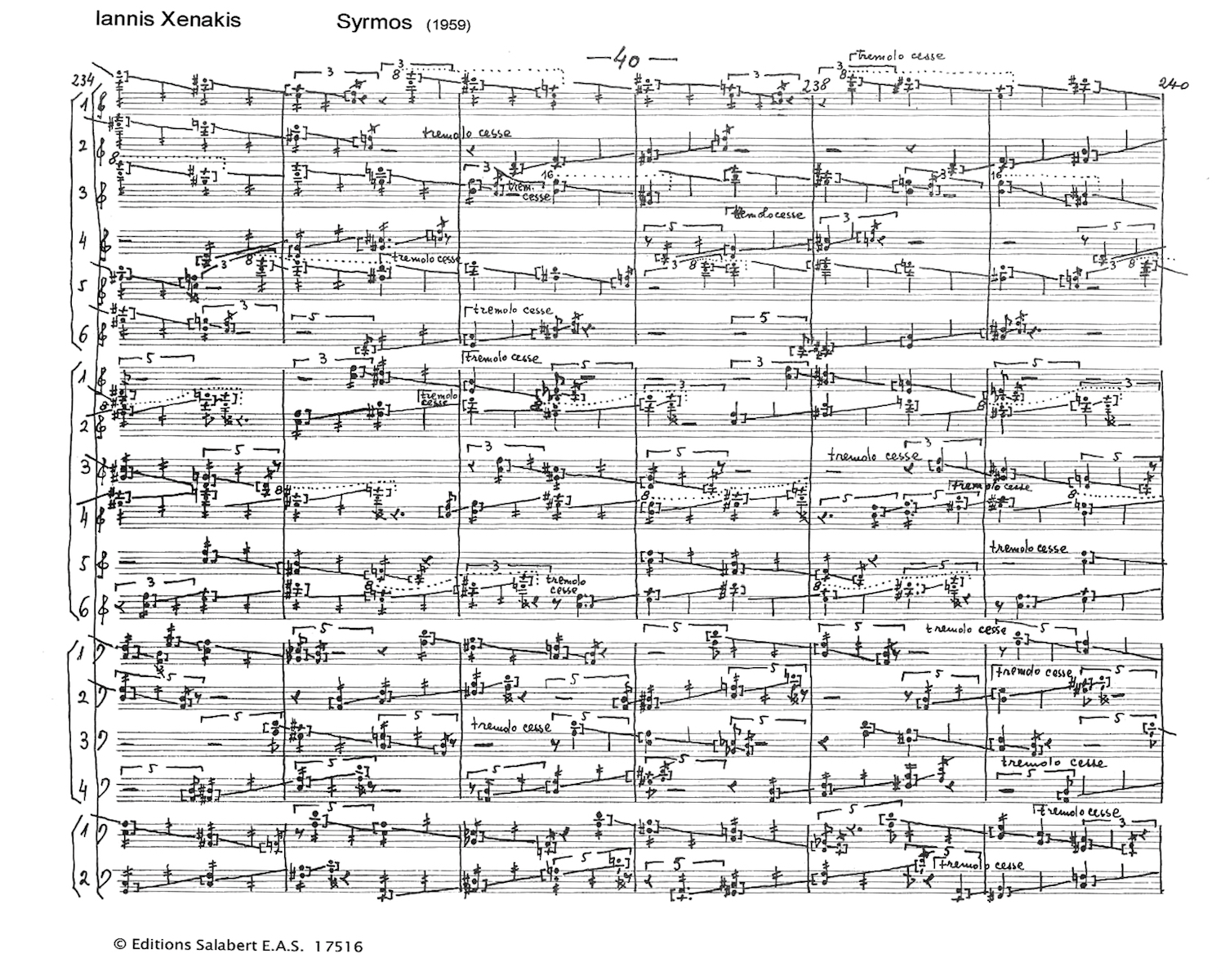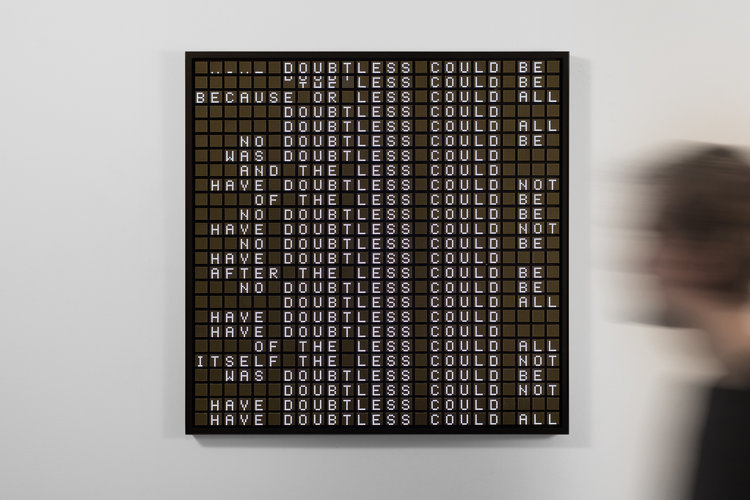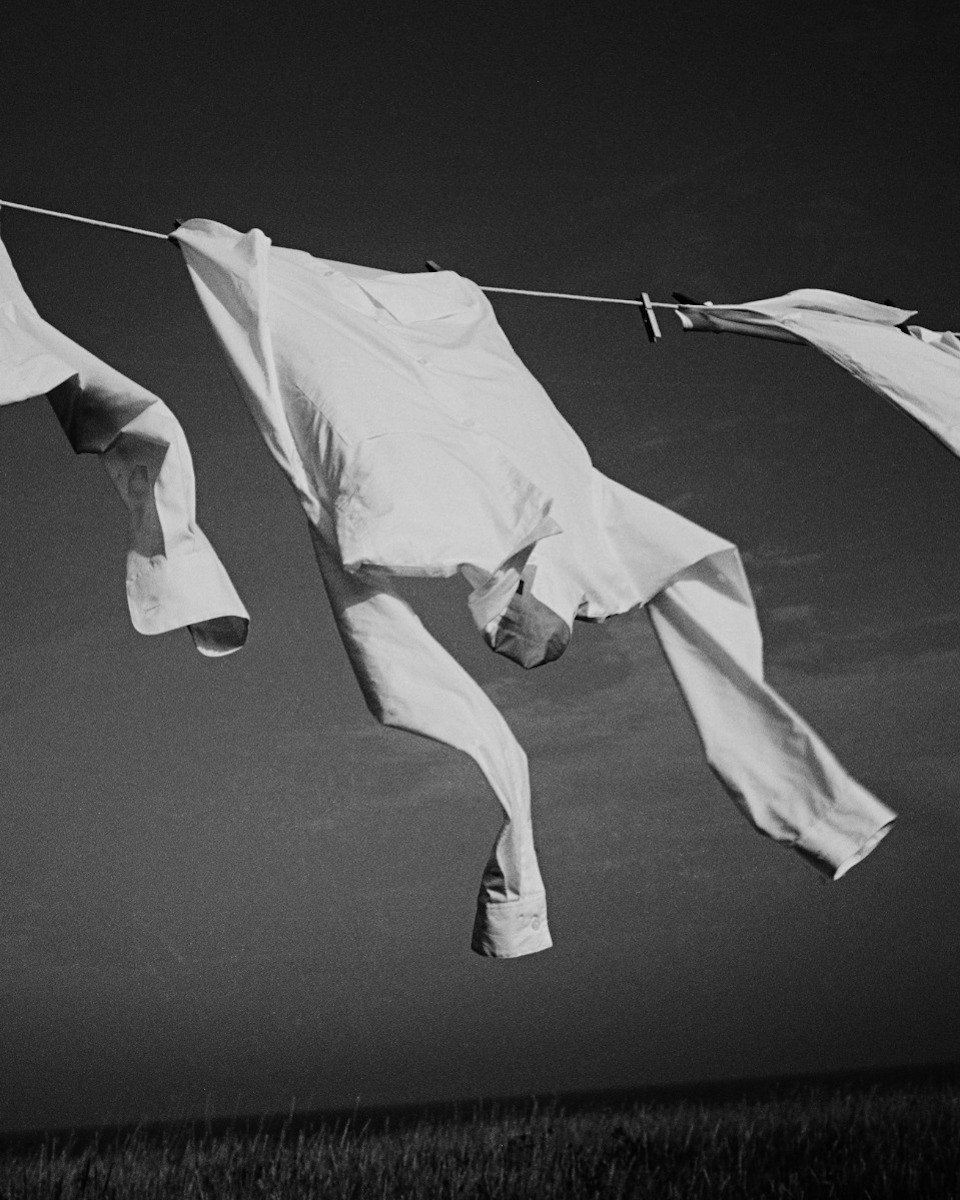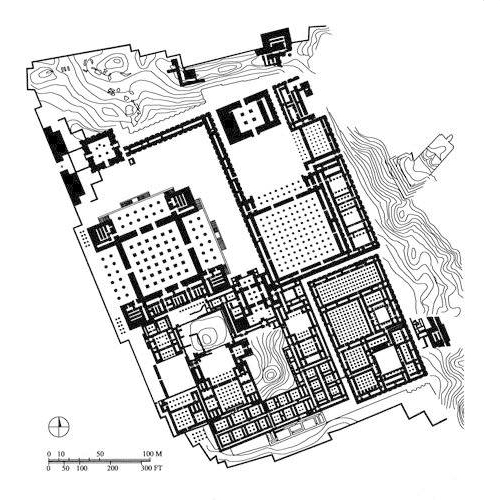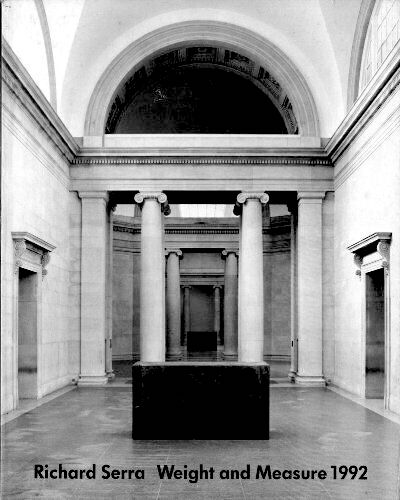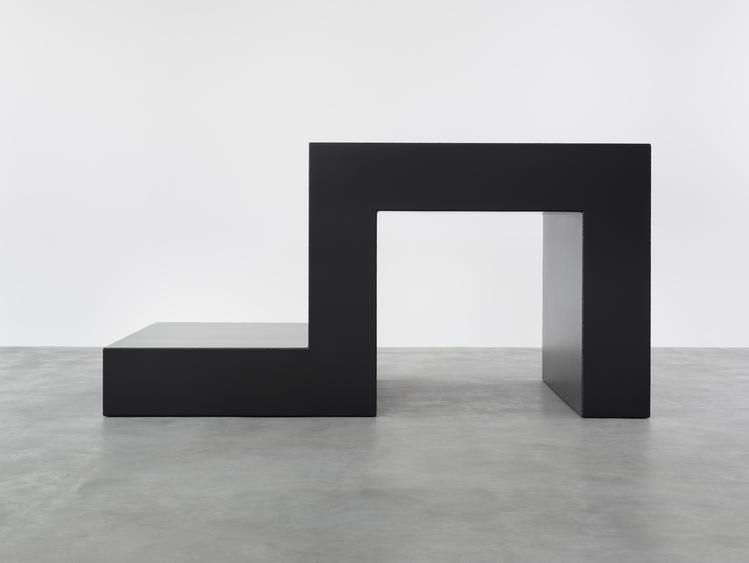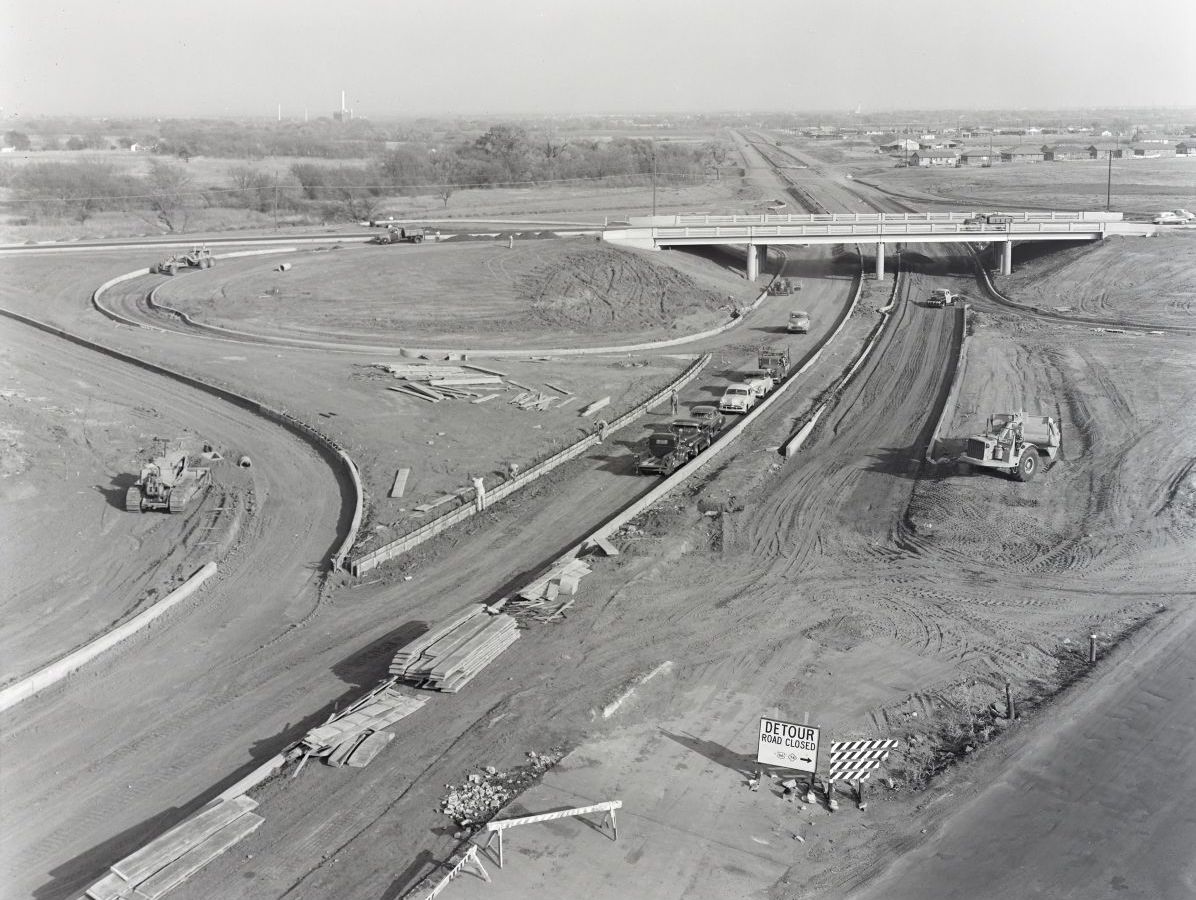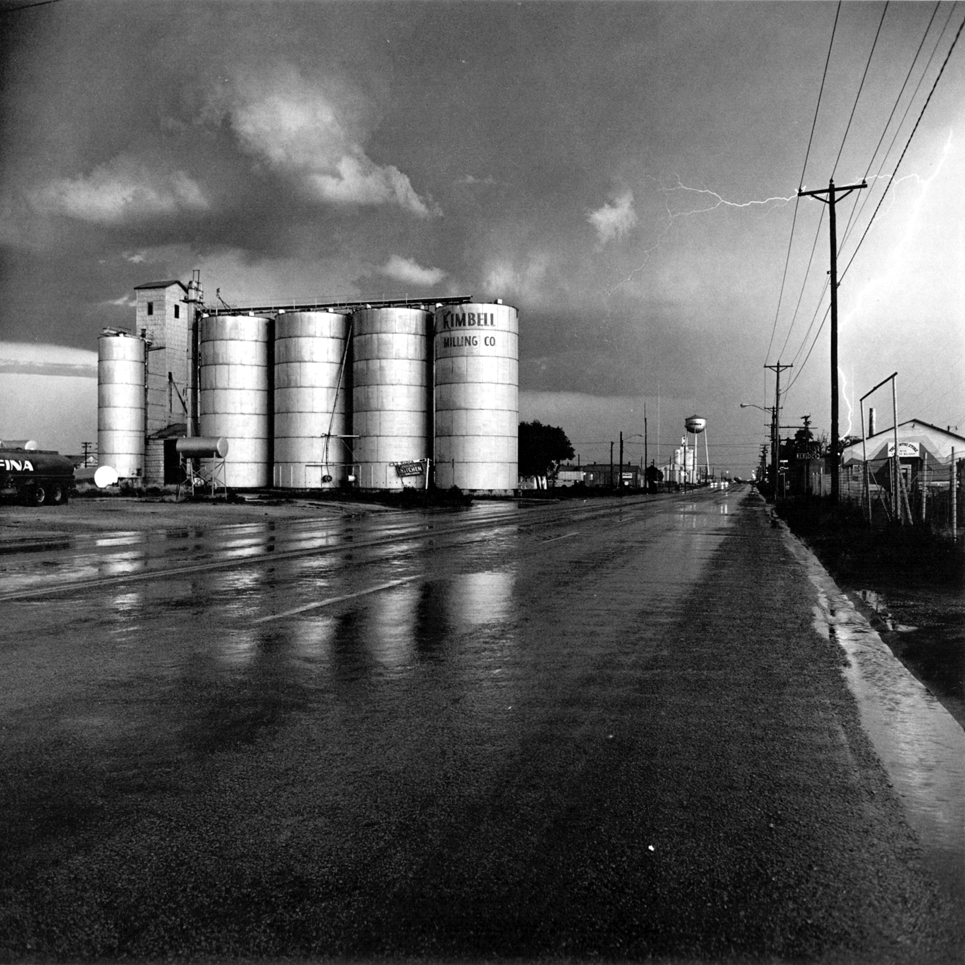thomas
deckker
architect
critical reflections


Buses and brezhnevka apartment blocks, Moscow
© Thomas Deckker 1989
© Thomas Deckker 1989
Moscow Diary
While a tutor at the Architectural Association School I led, with Christoph Langhof, the first workshop by a European school of architecture at the Moscow Architectural Institute, during the final days of the Soviet Union.
It would be disingenuous to pretend that any one of us could have predicted the breakup of the Soviet Union or the dissolution of the Communist Party shortly after our visit. Private enterprise, and even the mafia, were in plain view although the power of the State seemed unchallengeable. It was unthinkable that the Soviet State would collapse without a civil war. The transition was, as Stephen Kotkin notes, "armageddon averted". [1]
Information on Constructivism at the time was limited, although we all knew the more famous buildings. I was certainly looking forward to seeing them. The authoritative work on Constructivism, Pioneers of Soviet Architecture, had just been published. My copy was a gift from Rick Mather for my work on the 'La Lumière' Office Building. The paean to Constructivism, the exhibition De Grote Utopie: De Russische Avant-garde 1915-1932, which I saw at the Stedelijk Museum in Amsterdam, was several years in the future. [2]
The students at the workshop from the Moscow Architectural Institute held two unreconcilable views of Constructivist architecture. On the one hand they acknowledged the architectural genius of many of these works, and proud that they were celebrated in the West, and on the other they openly resented them being a product and symbol of a repressive and politically bankrupt regime and ideology.
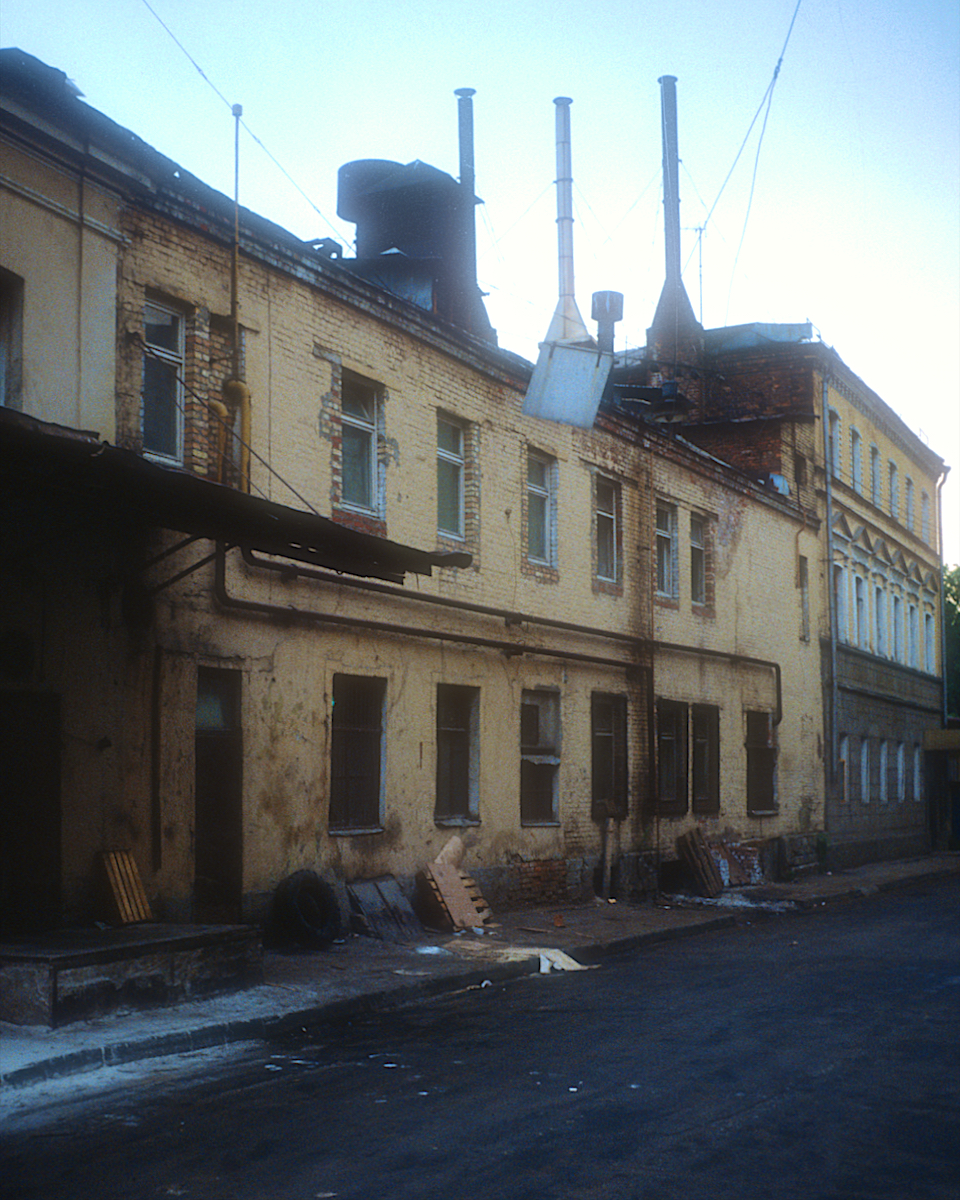
Bakery, Moscow
© Thomas Deckker 1989
© Thomas Deckker 1989
The title of this section is a reference to Moscow Diary by Walter Benjamin, a record of his unsuccessful pursuit of the Latvian actress Asja Lacis in Moscow in 1926. He had met and fallen under the spell of Lacis in Capri in 1923. Clearly the early days of the Soviet Union were a different world to the grim era of Stalinism: the Moscow Benjamin records was still, in a small part at least, a 19th-century European city, and Benjamin immediately found what was left of his favourite café society. The finding and eating of food runs as a continuous thread throughout Moscow Diary, not surprising as shortages were engineered as a matter of state policy.
![хлеб [Bread], Moscow photo Thomas Deckker 1989](comm_images/moscow_bread.jpg)
хлеб [Bread], Moscow
© Thomas Deckker 1989
© Thomas Deckker 1989
The ambiguous public nature of cafés, as I noted in arcades (the building type most closely associated with Benjamin), was more than just coffee. The philosopher Jurgen Habermas believed this type of space constituted the 'public realm' that formed the basis of democratic society. Benjamin seemed unaware of, and uninterested in, the coming 5-Year Plan in 1928 which destroyed the 'public realm' in the Soviet Union, or in the official anti-semitism and anti-intellectualism. The 'public realm' was struggling to come back on our visit, but I have not been back to see what became of it. [3]
Benjamin's hobby was collecting toys, and he noted, sadly, that the 19th century toys were being replaced by incongruous Soviet symbols. His favourite toys were objects from within a still extant peasant culture - almost votive objects for relief from brutal peasant life. Benjamin seems to have latched on to toys as the single real source of pleasure amidst his massive self-delusions: his failed attempts to woo Lacis, to engage with his Soviet intellectual counterparts, or to find any sympathy with the Soviet system. Knowing the outcomes, to be party to these delusions is excruciatingly embarrassing.
Benjamin's hobby was collecting toys, and he noted, sadly, that the 19th century toys were being replaced by incongruous Soviet symbols. His favourite toys were objects from within a still extant peasant culture - almost votive objects for relief from brutal peasant life. Benjamin seems to have latched on to toys as the single real source of pleasure amidst his massive self-delusions: his failed attempts to woo Lacis, to engage with his Soviet intellectual counterparts, or to find any sympathy with the Soviet system. Knowing the outcomes, to be party to these delusions is excruciatingly embarrassing.
Footnotes
1. Stephen Kotkin: Armageddon Averted: The Soviet Collapse, 1970-2000 (Oxford University Press 2008). "Kotkin creates a compelling profile of post Soviet Russia and he reminds us, with chilling immediacy, of what could not have been predicted - that the world's largest police state, with several million troops, a doomsday arsenal, and an appalling record of violence, would liquidate itself with barely a whimper." Faculty Bookshelf, Department of History, Princeton University ↩
2. Selim Khan-Magomedov: Pioneers of Soviet Architecture (New York: Rizzoli 1987; London: Thames & Hudson 1987; De Grote Utopie: De Russische Avant-garde 1915-1932 (Amsterdam: Stedelijk Museum 1992) ↩
3. Walter Benjamin: Moscow Diary (Cambridge, Mass: Harvard University Press 1986). Jürgen Habermas: The Structural Transformation of the Public Sphere [MIT and Polity Press 1989; 1st publ. Strukturwandel der Öffentlichkeit 1962] ↩
Thomas Deckker
London 2025
London 2025
